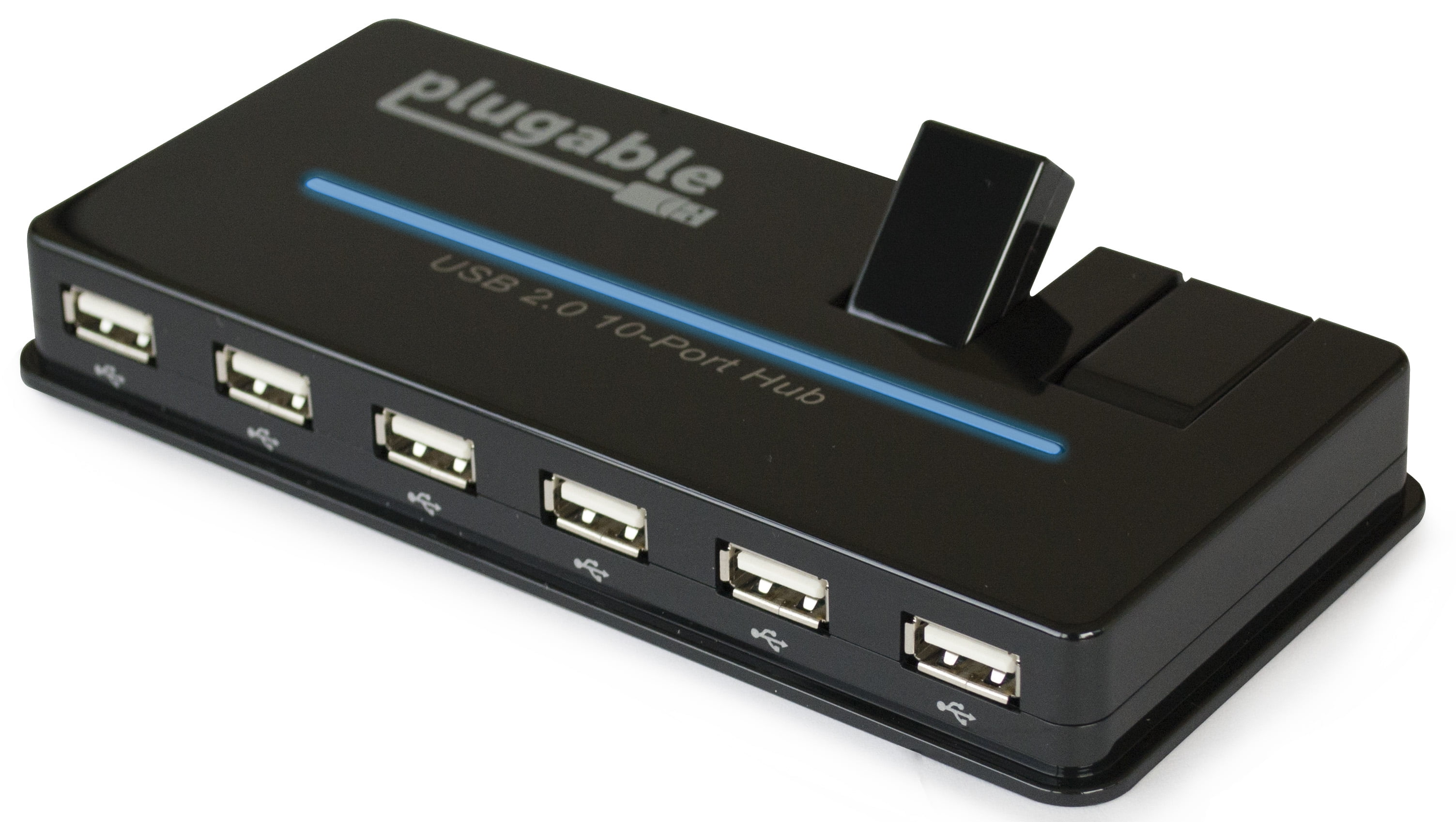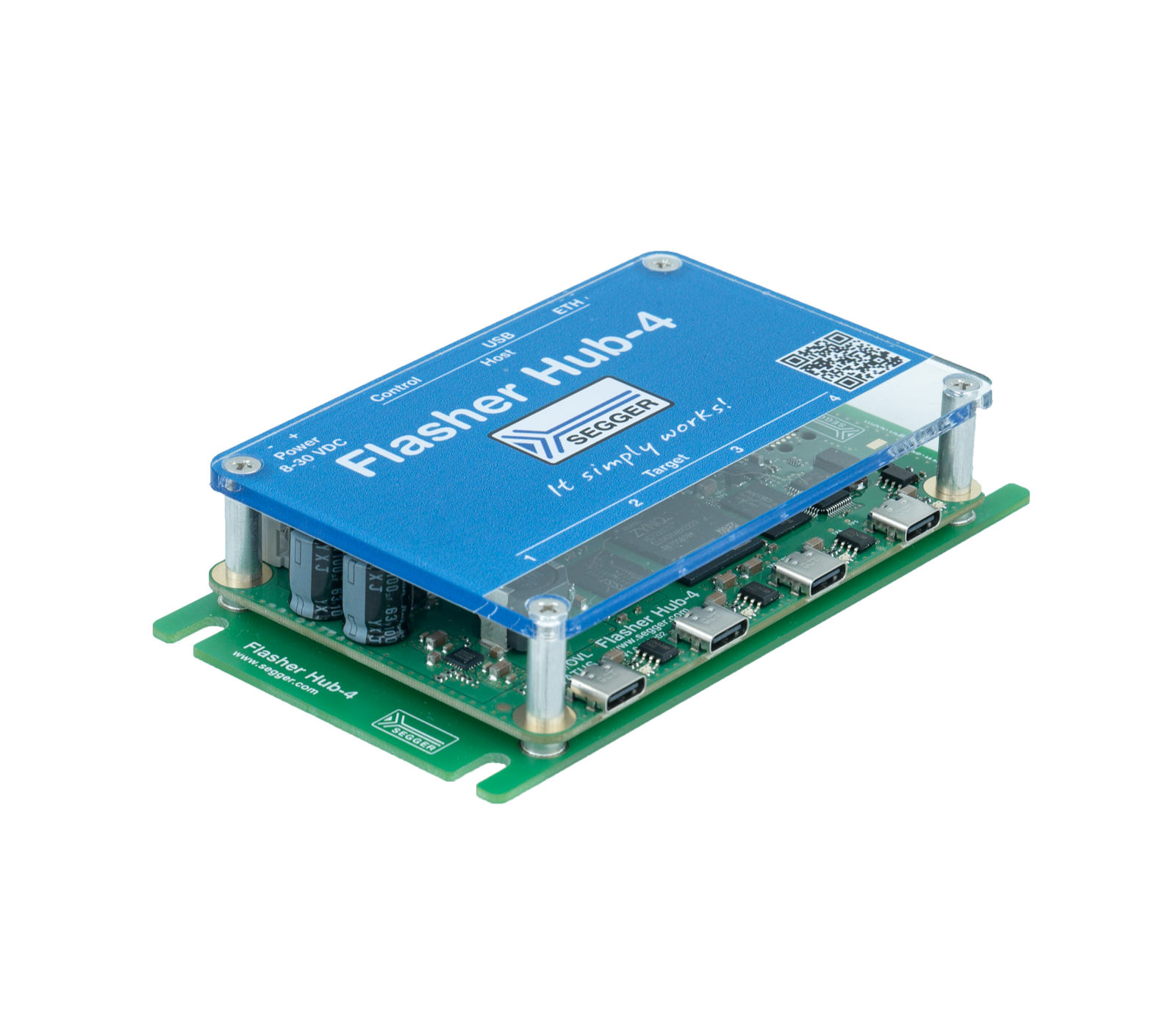When you hear talk about "hd hub 4," it really points to a broader conversation about high-quality viewing and listening experiences. It's about getting the most out of your entertainment, whether that's a favorite movie, a new show, or even how your computer handles visuals. So, as a matter of fact, understanding what makes something "HD" or "Ultra HD" can truly make a difference in how you enjoy your digital content at home.
You know, for many people, the idea of "HD" just means a picture that looks better than what they used to see. And that's pretty much it in a way, the core of it. But there's a bit more to it when you start looking at the details, especially when we talk about things like how many tiny dots make up your screen, or the way colors show up, or even how sound reaches your ears. There are, for instance, specific definitions that help make sure everyone is on the same page when something gets called "high definition."
This whole area, you see, involves a few different parts, from the screens we watch to the sounds we hear, and even the way our devices store information. We're going to take a closer look at what all these terms mean, helping to make sense of things like "Ultra HD," how audio formats work, and even what goes on inside your computer that helps bring all that clear picture and sound to life. It's actually quite interesting once you get into it.
Table of Contents
- What is "HD" Really About?
- Getting to Know Ultra HD and hd hub 4 Displays
- Why Does HDR Matter for Your Viewing?
- What About Sound - TrueHD and Other Audio?
- How Do Graphics Cards Fit into the Picture?
- App Versions and Storage - What's the Deal?
- SSD Versus HDD - Which Storage is Right for You?
- Connecting It All - The HDMI Story
What is "HD" Really About?
When folks talk about "HD," they're often thinking about something called HDTV, which, as a matter of fact, stands for High Definition Television. It's pretty much what it sounds like, a way to watch TV with much clearer pictures than before. You see, if you've ever downloaded a movie online and it says "HD" or "HD version," that usually means its original source was from a high-definition television broadcast. This makes a lot of sense, really, because it's where the whole idea of super clear pictures for home viewing got its start.
The Core Meaning of HD for Your Content
The term "HD" itself is a shortened way of saying "High Definition," which generally means a picture with a lot of detail. This idea of "high detail" actually covers a few different things. For one, it points to the television sets themselves that can show these detailed pictures. Then, there's the equipment that handles these signals, like a special player or a cable box. It also refers to the way the information is put together, like a specific file type. And, of course, it means the movies or shows themselves that have this level of detail. Typically, we consider something "high definition" if its picture is made up of at least 720 lines of information, or "720p" as it's often called. So, when you're looking for content that lives up to the hd hub 4 promise, this resolution is a good starting point.
Getting to Know Ultra HD and hd hub 4 Displays
Moving beyond just "HD," there's a step up, which is "Ultra HD." This is a bit like saying "super high definition," and it has some pretty specific rules for what counts. The people who set these rules, the CEA, say that any screen, whether it's a TV or a computer monitor, has to meet a few conditions before it can proudly wear the "Ultra HD" label. This is pretty important, you know, because it helps you know what you're getting when you buy a new screen. It means that the picture you see will have a lot more detail than a regular HD one.
What Makes a Display "Ultra HD"?
So, what are these conditions for an Ultra HD screen? Well, first off, the screen has to have a picture made up of at least eight million tiny dots, or "pixels," to be exact. That works out to a picture size of 3840 by 2160 pixels. This is a lot more pixels than standard HD, which is why the picture looks so much clearer. It's like having a much finer drawing. And this has to be the screen's actual, unchanging picture size. This ensures that when you're watching something on an hd hub 4 display, you're getting that truly sharp, detailed view. It's a pretty big jump in clarity, actually, compared to older screens.
Why Does HDR Matter for Your Viewing?
When you're watching movies or TV shows, something called HDR, which stands for High Dynamic Range, can make a truly big difference. Honestly, it's pretty much a step above the usual way pictures are shown. Think of it like this: with HDR, you get much richer colors and a lot more contrast between the brightest brights and the darkest darks. This means the picture looks more like real life, with more depth and pop. Many screens, you see, when they're not using HDR, only show a certain number of colors, which can make things look a bit flat. But with HDR, it's a different story.
How HDR Changes Your hd hub 4 Experience
For example, a standard HDR picture can show a wider range of colors, often using what's called "10-bit color," which is a lot more shades than the typical "8-bit color" you might find without HDR. This extra color information means finer details and smoother transitions between colors. It's like having a bigger box of crayons to draw with. This also means the dark parts of a scene can be truly dark, and the bright parts can be truly bright, without losing detail in either. So, when you're watching something that's designed for HDR on your hd hub 4 setup, the visual quality is just in a different league. It's a pretty noticeable improvement, especially for dramatic scenes or those with a lot of visual flair.
What About Sound - TrueHD and Other Audio?
Beyond just the picture, the sound quality of what you're watching is also a really big part of the experience. You know, there are different ways sound can be put into a movie or show, and some are much better than others. One of the best types of sound you can get is called TrueHD. This is a kind of audio that doesn't lose any of its original quality, which is why it's called "lossless." It means you're hearing the sound exactly as it was recorded, without anything being left out or squished down. This is actually a pretty important distinction for serious sound lovers.
Hearing Your Content with hd hub 4 Quality Sound
Because TrueHD keeps all the sound information, it takes up a good bit of space, so you'll usually only find it on things like Blu-ray discs. It's got a very high "bitrate," which just means it's carrying a lot of sound data every second. What's more, a lot of the super immersive sound systems, like Dolby Atmos, actually use TrueHD as their base. So, if you see a file name that just says "TrueHD," it might actually be able to play full Dolby Atmos sound, which is really cool for an hd hub 4 setup. It's all about getting that full, rich sound that makes you feel like you're right there in the movie. You can also find other audio types like DTS, AC5.1, LPCM, and DTS-HD, each with their own way of handling sound. And sometimes, you'll even see a note about special language tracks, like Chinese voice-overs, which is pretty handy.
How Do Graphics Cards Fit into the Picture?
When it comes to getting great visuals on your computer, especially for things like movies or even just everyday use, the graphics card plays a big role. Some computers have what are called "integrated graphics," meaning the graphics part is built right into the main computer chip. The newer versions of these integrated graphics, especially in the "ultra" series, have gotten a lot better. They're actually quite capable now. This is a pretty significant improvement, as it means you don't always need a separate, big graphics card to get good performance.
Integrated Graphics and Your hd hub 4 Visuals
Of course, with these improved integrated graphics, they also tend to use a bit more power and run at higher speeds. So, if you're hoping to do some more demanding visual tasks with just the integrated graphics, like perhaps editing some hd hub 4 video or playing a game, it's a good idea to pick a laptop that has really good cooling. Machines like the Xiaoxin Pro, ThinkBook+, or Wuwei Pro are good examples of laptops that can handle the extra heat these powerful integrated graphics might create. This helps make sure your computer can keep working smoothly without getting too hot, which is definitely something to consider.
App Versions and Storage - What's the Deal?
Sometimes you'll come across different versions of the same app, like a "HD" version of a popular video app, say Bilibili, that seems to take up less space on your device. You know, you might think that's a big plus, but honestly, it doesn't really give you much of an advantage. The reason it's smaller is often just because it's not made to work perfectly on both phones and tablets at the same time. If an app is only really designed for a tablet, then it makes sense that its file size would be smaller than one that has to fit both kinds of screens. So, it's pretty much just a technical difference.
Understanding Different App Sizes for hd hub 4 Content
When it comes to the quality of the picture you get from these apps, or even the extra benefits you might get as a member, a smaller "HD" app version doesn't necessarily mean it's better or worse. Based on tests, at least for now, there isn't a huge difference in picture quality or member perks between a smaller, tablet-focused app and a larger one that works on both phones and tablets. So, if you're looking for the best experience for your hd hub 4 content, the app's file size isn't really the main thing to focus on. It's more about how the app is built to deliver content, regardless of how much space it takes up.
SSD Versus HDD - Which Storage is Right for You?
When you're thinking about where your computer stores all its information, like your movies, photos, and programs, you'll hear about two main types of drives: SSDs and HDDs. These two are quite different in how they're built and how they do their job. It's a pretty important distinction, especially when you're thinking about how quickly your computer can get to your files. One works with moving parts, and the other is completely electronic, which is a big deal.
Picking Storage for Your hd hub 4 Files
An SSD, or Solid State Drive, is made up of a main control chip and a bunch of solid electronic memory chips. Think of it like a super-fast, giant memory stick. There are no moving parts inside an SSD; it's all done with electricity. This means it can read and write information very, very quickly. On the other hand, an HDD, or Hard Disk Drive, uses spinning platters and a read/write head, kind of like a record player. This means it's slower because it has mechanical parts that have to move. So, if you're dealing with big hd hub 4 files and want things to load up really fast, an SSD is usually the way to go. It makes a noticeable difference in how snappy your computer feels.
Connecting It All - The HDMI Story
When you're setting up your entertainment devices, like your TV, a Blu-ray player, or a gaming console, you'll often see something called an HDMI cable. It's basically the standard way these devices talk to each other. Back in 2002, some big electronics companies, like Sony, Panasonic, and Philips, got together. They formed a group to come up with a single, easy way to connect all the different home entertainment devices. This was a pretty smart move, actually, because before that, connecting everything could be a bit of a mess with lots of different cables.
The HDMI Connection and Your hd hub 4 Setup
This group, often called the "7C" in the industry, came up with HDMI, which stands for High-Definition Multimedia Interface. Its whole purpose was to make it simple to send both high-quality picture and sound signals through just one cable. So, instead of needing separate cables for video and audio, you just need one HDMI cable. This makes setting up your hd hub 4 system much cleaner and easier. It's a really common connection now, and it's what allows all your modern devices to work together to give you that great picture and sound experience. It's pretty much everywhere you look these days when it comes to home entertainment.
This article has gone over various aspects related to high-quality media, including:
- What "HD" and "Ultra HD" mean for displays and content.
- The benefits of HDR for picture quality.
- Different audio formats like TrueHD and their importance.
- How integrated graphics chips contribute to visual performance.
- The differences between app versions and storage types like SSDs and HDDs.
- The role of HDMI in connecting your entertainment devices.



Detail Author:
- Name : Sandrine Runte
- Username : dale84
- Email : gwisozk@cartwright.com
- Birthdate : 1979-07-08
- Address : 99484 Kiara Flat Magdalenaland, AR 33606-8410
- Phone : 743.478.2149
- Company : Gusikowski-O'Kon
- Job : Clerk
- Bio : Sequi a et quas non sit. Porro nihil saepe quia distinctio reprehenderit in. Iusto ut neque neque pariatur enim perferendis. Voluptatem deleniti architecto illo dolores sed aut.
Socials
instagram:
- url : https://instagram.com/ward_macejkovic
- username : ward_macejkovic
- bio : Facere et molestias quo id ipsam. Eligendi iure autem iure velit sequi quis molestiae tenetur.
- followers : 6199
- following : 2339
tiktok:
- url : https://tiktok.com/@wmacejkovic
- username : wmacejkovic
- bio : Perspiciatis ex et quo quis. Adipisci velit dolor qui aperiam ad.
- followers : 2796
- following : 1677

